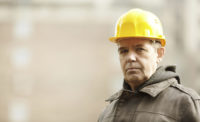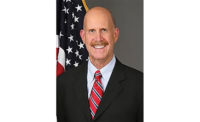 Excerpted from Dr. Howard’s NIOSH blog:
Excerpted from Dr. Howard’s NIOSH blog:
"What factors will influence the workforce and the world of work over the next several years?" The following influences seem likely:
Almost certainly, the pace of technological change will accelerate, and new synergies will be achieved across different technologies and disciplines. These changes will task NIOSH to address the occupational safety and health implications of dramatically new technologies.
The U.S. workforce will continue to be increasingly diverse, with correspondingly diverse health and safety needs.
The workforce will become more "chronologically gifted," as people are living longer, the minimum retirement age is increasing, and a poor economy keeps people in the workforce. The workplace of the future must anticipate the changes needed to accommodate mature workers.
The workforce will grow at a relatively slow rate as the "baby boomer" generation retires, with implications for productivity and the economy.
Chronic health conditions on the rise in the general population, such as a projected increase in U.S. obesity rates in the coming decade, will have an impact on the workplace as well.
Workplaces will become increasingly decentralized, and the majority of jobs will settle in the service, healthcare, and information technology sectors, which often are misperceived as "safe" industries. At the same time, historically hazardous jobs in the traditional heavy industries will continue to exist, and classic types of occupational hazards may surge as the U.S. seeks new energy resources and new energy technologies.
Balancing work and family demands, coping with a hectic pace of work, and facing job insecurities could exacerbate work stress and other potentially debilitating and costly psychosocial problems in the workplace.
Dr. Howard’s crystal ball — discerning workforce trends


